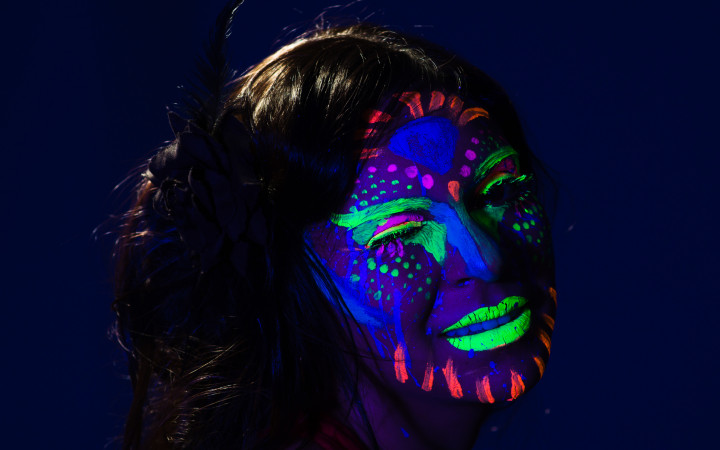Today’s Wonder of the Day was inspired by Hayleigh. Hayleigh Wonders, “How do things glow in the dark? ” Thanks for WONDERing with us, Hayleigh!
Finally, summer! A time for swimming pools and cookouts. The season of ice cream and popsicles! What else represents summer for you? Sunglasses? Picnic baskets? How about bugs? It’s true, many bugs like to enjoy the warmth of summer! But no bug represents summer quite like the magical firefly.
The firefly, also known as the lightning bug, is a magical creature for many kids. After all, what other bug lights up? Many people spend summer nights watching fireflies and WONDERing how they manage to glow in the dark.
Fireflies glow because they are bioluminescent. That means they naturally contain a chemical that makes them light up. And fireflies aren’t alone! Other animals with this trait include jellyfish, glowworms, and anglerfish. They glow for protection, camouflage, or to attract mates.
Animals aren’t the only things that glow in the dark. Have you ever seen a glow stick? These are popular at many nighttime summer activities, like festivals and campfires. Glow sticks have chemiluminescence. That means they glow because of a chemical reaction.
Other objects have radioluminescence. That means they contain an element like radium that gives off light. Have you ever seen a watch whose numbers glow in the dark? It was radioluminescent!
What about glow-in-the-dark toys? Have you ever seen yo-yos, stickers, and stars that glowed in the dark? They can turn any dark room into a magical world of adventure!
Glow-in-the-dark toys have phosphorescence. That means they contain special substances called phosphors. Phosphors give off visible light after being energized. This means they have to soak up light for a while before they will glow in the dark.
Sometimes glow-in-the-dark objects will only glow very weakly for a short time. Often, you have to place them in a very dark place to see their faint green glow. Newer glow-in-the-dark items may glow more brightly for several hours.
To make glow-in-the-dark toys, manufacturers look for phosphors that can glow for a long time. Then, they mix their chosen phosphor into plastic and mold it to the desired shape.
Do you enjoy things that glow in the dark? Have you ever chased fireflies or shaken a glow stick? Some kids even put glow-in-the-dark stars all over the ceiling of their bedrooms! The next time you see something glow in the dark, try to figure out where its light comes from.
Standards: NGSS.LS1.A, NGSS.LS4.B, NGSS.PS3.B, CCRA.L.3, CCRA.L.6, CCRA.R.1, CCRA.R.2, CCRA.R.10, CCRA.W.1, CCRA.L.1, CCRA.L.2, CCRA.SL.1




